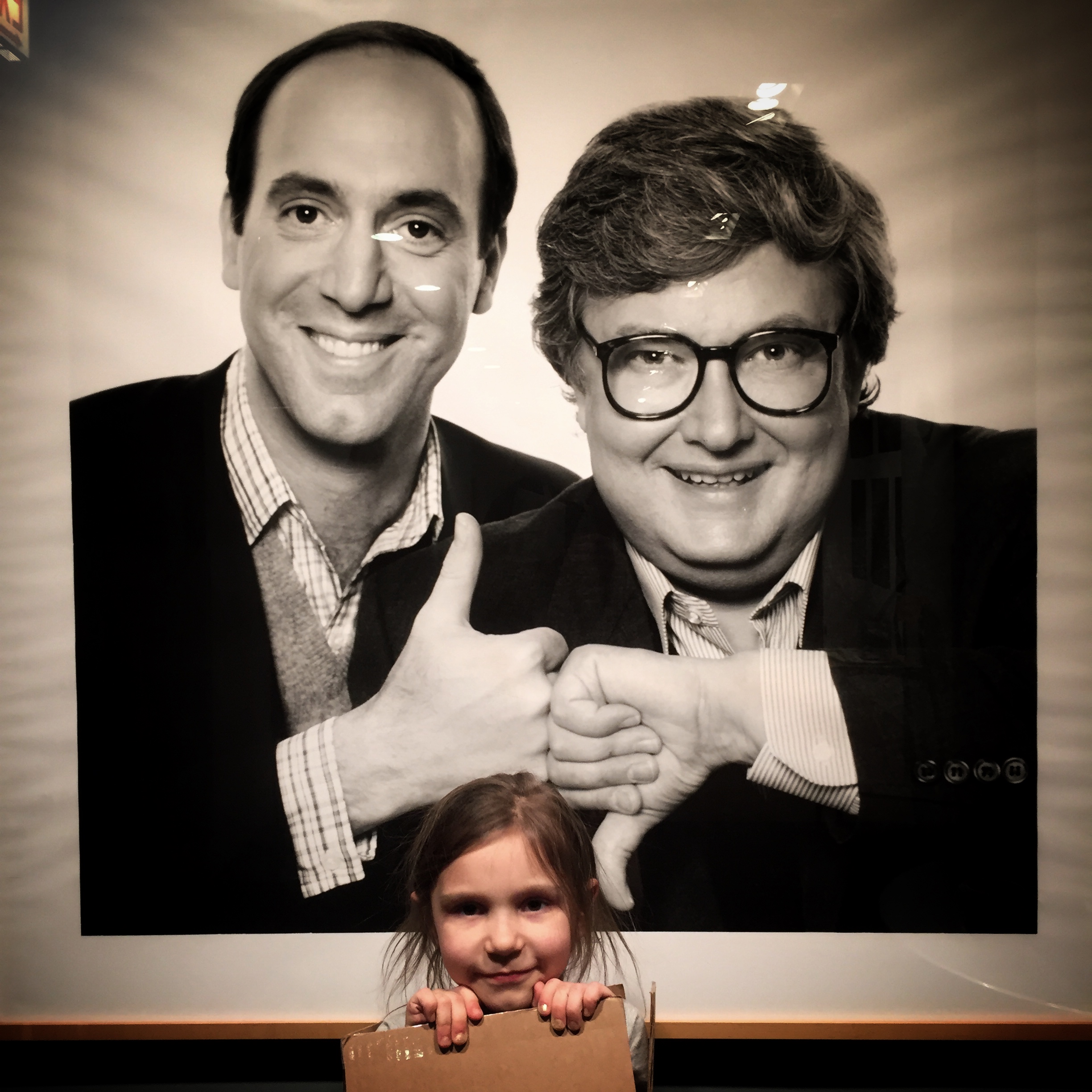02 Mar The Science of Not Knowing

A few weeks ago I was in Chicago showing All The Rage at the Gene Siskel Center. Having seen our film too many times, I ducked next door into a screening of “Jane”, the documentary about Jane Goodall. There were several themes in the film that dovetailed with a lot of what I have been thinking about science, culture, and parenting.
Goodall came to study gorillas because she was the secretary for Dr Louis Leakey, who wanted someone to observe and document gorilla activities over a long period of time. However, he did not want a “trained scientist” to do the work because he was afraid that a scientist would be limited in their thinking – that they would be stuck inside the concepts they had been taught. One of those concepts was that the ability to make and use tools separates man from ape. It took Goodall many months of patient and careful observation from some distance before the gorillas let her get close to them. She had spent some time studying their interactions and had a sense of how to be present with them without calling attention to herself. Nearing the end of her trip, she noticed that they were pulling up long stems of grass, then stripping off the outer leaves and using these modified reeds to poke into ant hills in order to pull out ants so they could eat them.
She reported her findings to Leaky, who used the attendant hoopla and press to help gain more funding so that she could stay on and continue to observe the gorillas. She soon observed their mating rituals (the females who are in heat mate with many of the male gorillas), as well as the birth of a new baby. Over many years, she observed how attached the baby was to her mother and how much caring went into raising the young gorilla. She then used this knowledge and understanding in raising her own child. At the time, attachment parenting was not in vogue, so her observations helped her to see the value in close contact and present attention seemed to help the gorilla young to thrive despite the fact that it was seen as less “civilized”. However, she also observed in one case, a gorilla was perhaps too attached and had great difficulty dealing with a younger sibling. He would throw tantrums and would fight to get attention from his mother. In fact, he stayed so attached that he never was able to fully separate, which became a problem. When his mother died many years later, he only lasted a couple of weeks before he too passed on. In the film, it’s clear that Goodall learned from this experience and incorporated an understanding of the diverse and complex factors that affect human experience and behavior.
It was interesting to watch the film and think about the parallels between Jane Goodall’s story and that of Dr. Sarno and his wife Dr. Martha Sarno. Working within the somewhat established field of Rehabilitative Medicine, Dr. Sarno faced stronger opposition to ideas that challenged the overriding paradigms of his field than his wife did in her relatively new field of Speech Pathology. They both looked at the importance of the patient’s emotions in his/her healing and discussed these concepts together at length. In fact, they published a book together about strokes. While Dr. Sarno faced profound resistance to focusing on how emotions affected back pain, Martha Sarno was able to gain traction for the idea that practitioners needed to deal with the trauma of strokes and other head injuries that caused speech problems in the first place. She recognized that this kind of emotional turbulence – of feeling out of control and lost – had a great deal of impact on a patient’s ability to deal with their brain injuries. She figured out that practitioners needed to help them get emotionally settled before working on the physical action of learning to make the sounds they needed to make. Once patients were supported emotionally, it was much more possible to help them physically.
Jane Goodall was able to become the pioneer that she was because she wasn’t saddled with too much “established knowledge” and she was given the support she needed to be able to make new discoveries.

No Comments